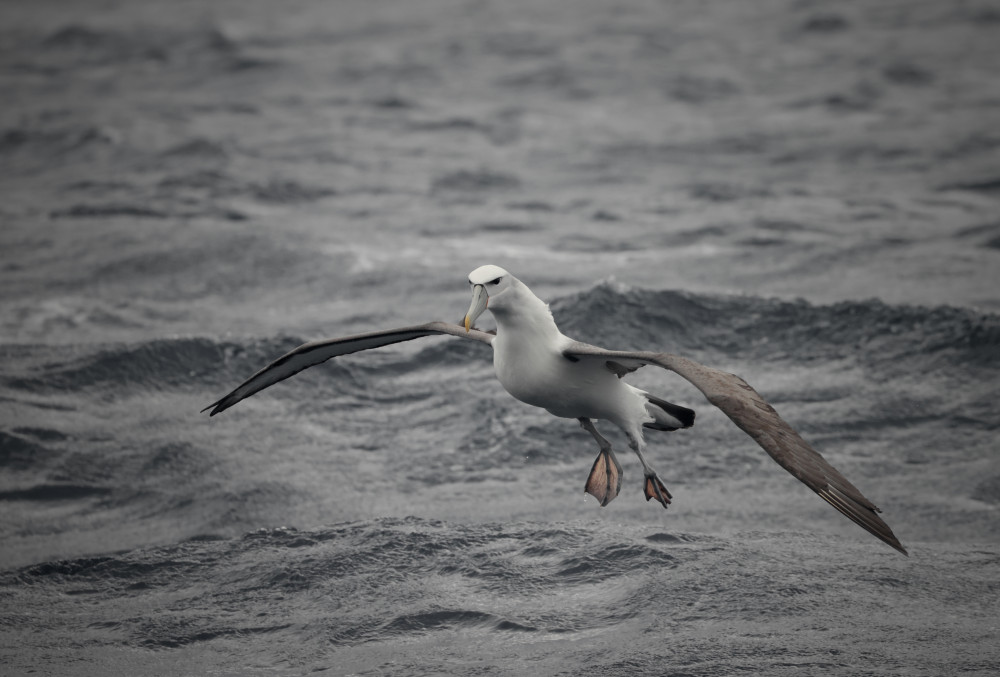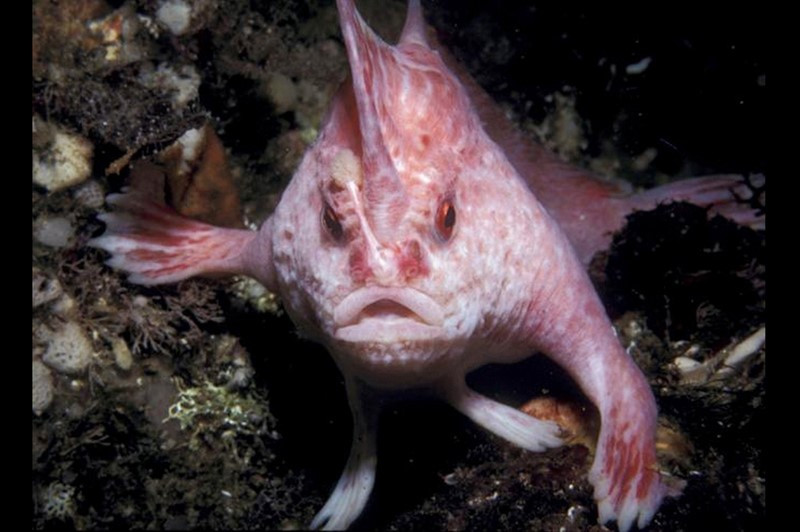Tasman Fracture Marine Park contains deep reefs, seamounts and a fracture zone unique to the network. Small high-profile deep (rariphotic) reefs occur in the north-western and eastern sections along with an isolated high-profile reef in the north-eastern sector, south-east of the Mewstone2. The park covers representative areas of four bioregions.

Knowledge status
- Fine-scale mapping of some identified priority natural values includes deep rocky reefs and seamounts. The abundance of deep (rariphotic) reef and boulder habitat support a highly diverse benthic community.
- There have been 28 imagery deployments over 3 campaigns, 46 video deployments over 1 campaign, and 200 sediment samples collected from 8 surveys.
- Publications, reports and data sets include 20 South east network that relate to Tasman Fracture Marine Park and 6 Tasman Fracture Marine Park specific publications.
- Depth: 60m – 5559m
- 99.7% of seafloor mapped, almost all at medium resolution to support biodiversity surveys.
Key values, habitats and communities
The fracture is a uniquely deep (2000-4000m) geomorphic feature for the region. It provides habitat for a range of fauna not found elsewhere in the network, including habitat forming species such as anemones and barnacles. Large aggregations of Orange Roughy (Hoplostethus atlanticus), oreo dories and a diverse range of deep-sea sharks at Main Matt seamount is unique to the network.

Shy Albatross (Thalassarche cauta) is Australia’s only endemic albatross and one whose breeding range is limited to three rocky islands adjacent to the Huon and Tasman Fracture marine parks.

Feature of interest
High resolution mapping of the reef systems has highlighted the distinct geomorphology, benthic communities and diverse fish assemblages associated with the large reef features found within the park. Reef systems support widely distributed southern Rock Lobster (Jasus edwardsii) along with isolated sightings of the endangered Pink Handfish (Brachiopsilus dianthus) and the vulnerable Ziebell’s Handfish (Brachiopsilus ziebelli)1.

Monitoring priorities
Is the condition of deep (rariphotic) shelf reef mobile invertebrate communities improving or maintained via ecological sustainable use and removal of historic pressures?
Key gaps
- Fine scale mapping of likely shelf break reef
- Distribution of deep-sea coral communities on seamounts and continental slope
- Use of the park by priority species including orange roughy, handfish and shy albatross
Key activities
- Commercial fishing
Key Pressures
- Resource extraction
- Climate change
Seafloor mapping and survey deployments

Further information
State of Knowledge published Mar 2023 | References:
- Monk J, Williams J, Barrett N, Jordan A, Lucieer V, Althaus F, Nichol S (2017). Biological and habitat feature descriptions for the continental shelves of Australia’s temperate-water marine parks- including collation of existing mapping in all AMPs. Report to the National Environmental Science Programme, Marine Biodiversity Hub. Institute of Marine and Antarctic Studies, University of Tasmania.
- Perkins N, Monk J, Wong R, Willis S, Bastiaansen A, Barrett N (2022). Changes in rock lobster, demersal fish, and sessile benthic organisms in the Tasman Fracture Marine Park: comparisons between 2015 and 2021. Report to the Parks Australia. Institute for Marine and Antarctic Studies, University of Tasmania. 141p.
- Mason, C., Alderman, R., McGowan, J., Possingham, H.P., Hobday, A.J., Sumner, M., Shaw, J. (2018) Telemetry reveals existing marine protected areas are worse than random for protecting the foraging habitat of threatened shy albatross (Thalassarche cauta). Diversity and Distributions 24: 1744-1755.
Key Natural Values (KNV) = Habitat or species that are particularly important to management.
Printable version: AMP - SE SOK Placemat templates (parksaustralia.gov.au)

